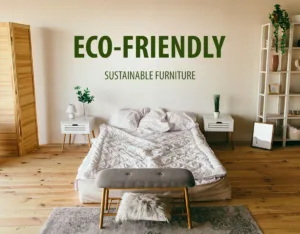As climate change continues to impact our planet, there is growing awareness of the need for sustainable building and park design.
Green building refers to the design and construction of buildings that are environmentally responsible and resource-efficient throughout their lifecycle.
Park design, on the other hand, refers to the planning and design of public spaces that promote sustainability and environmental stewardship. In this article, we will explore the importance of green building and park design, and how a sustainable approach can benefit our communities and the planet.
Green Building
Green building has become increasingly popular in recent years, and for good reason.
The construction and operation of buildings account for a significant portion of greenhouse gas emissions, as well as energy and water consumption.
Green building seeks to minimize these impacts by using environmentally friendly materials and practices, as well as by promoting energy and water efficiency.
One of the key principles of green building is to reduce energy consumption through passive design strategies, such as natural lighting and ventilation.
This not only reduces energy costs but also improves indoor air quality and occupant comfort. Other strategies include the use of renewable energy sources such as solar and wind power, as well as the use of energy-efficient lighting and appliances.
Another important aspect of green building is the use of sustainable materials, such as those made from recycled or renewable sources.
This reduces the environmental impact of building materials, as well as promoting resource conservation.
Green building also seeks to minimize water consumption through the use of low-flow fixtures and the capture and reuse of rainwater. This not only reduces water costs but also helps to conserve this precious resource.
Park Design
Park design also plays a critical role in promoting sustainability and environmental stewardship.
Parks and public spaces provide important ecological benefits, such as improving air and water quality, reducing stormwater runoff, and supporting biodiversity.
One of the key principles of park design is to maximize the ecological benefits of public spaces by incorporating natural systems and processes.
This includes the use of native plants and the preservation of existing habitats, as well as the incorporation of green infrastructure such as rain gardens and bioswales.
By promoting ecological health and resilience, park design can help to mitigate the impacts of climate change and improve the health and well-being of our communities.
Another important aspect of park design is to promote sustainable transportation, such as walking, biking, and public transportation.
By providing safe and accessible pedestrian and bike paths, as well as public transportation options, parks can help to reduce greenhouse gas emissions and promote healthy and active lifestyles.
Green Building And Park Design In Practice
Green building and park design principles are being put into practice in communities around the world.
One example is the Bullitt Center in Seattle, Washington, which is one of the greenest commercial buildings in the world.
The Bullitt Center features passive design strategies such as natural lighting and ventilation, as well as the use of solar power and rainwater capture and reuse.
The building also features sustainable materials, including salvaged wood and locally sourced materials.
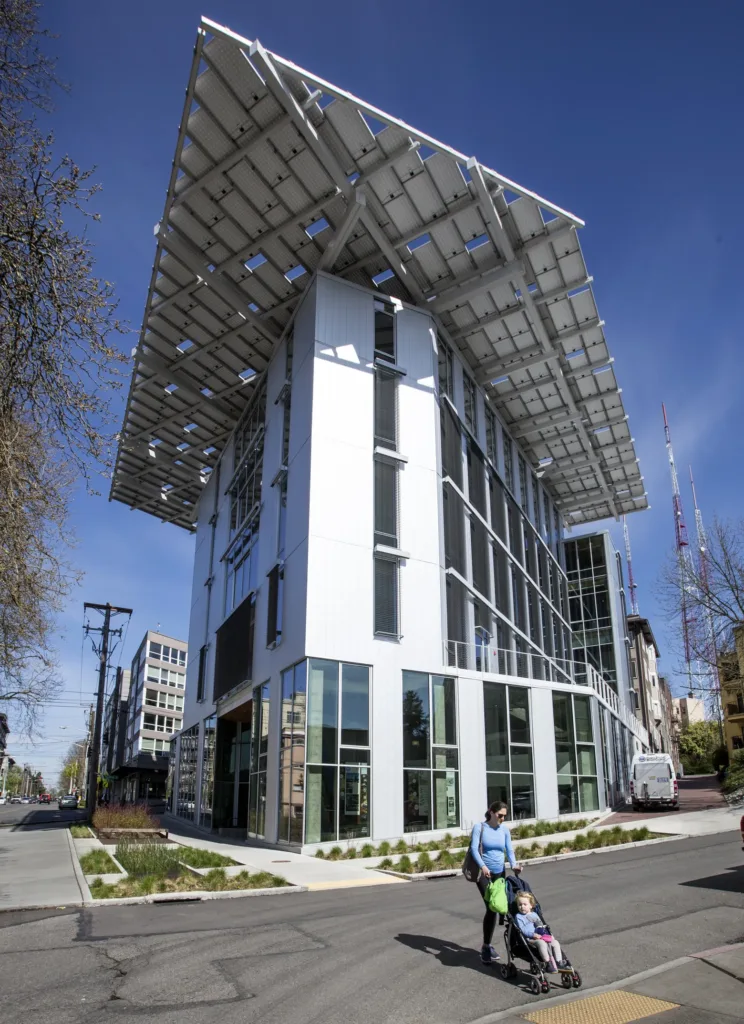
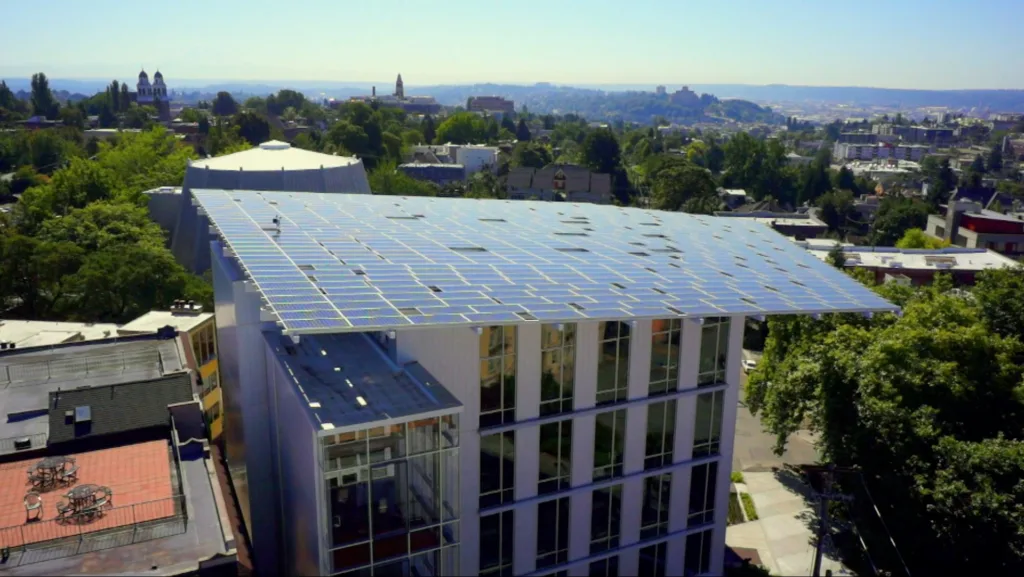

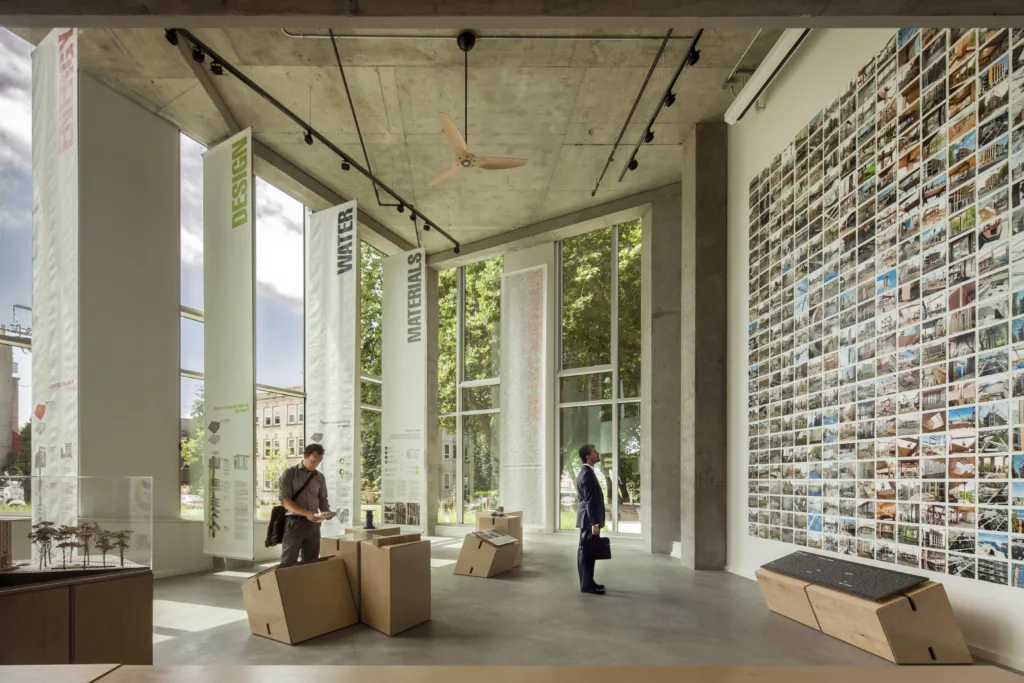
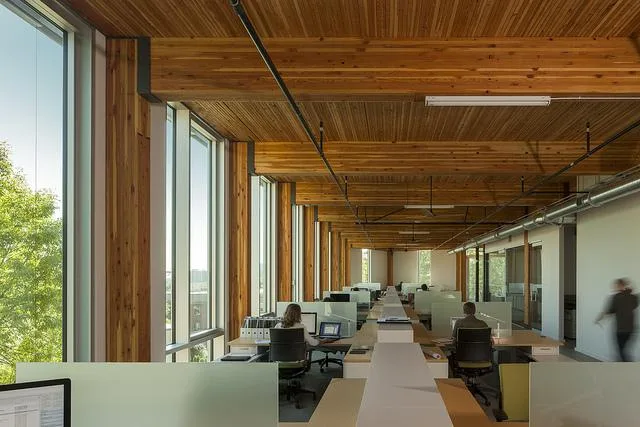
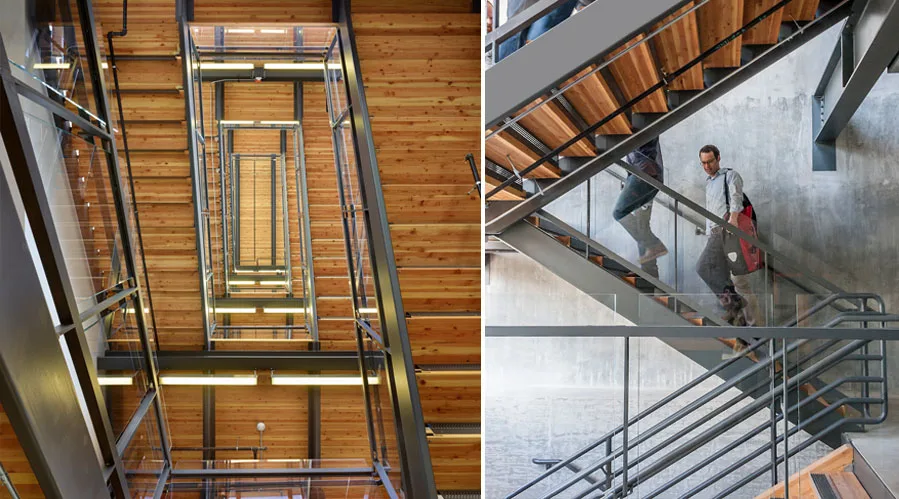
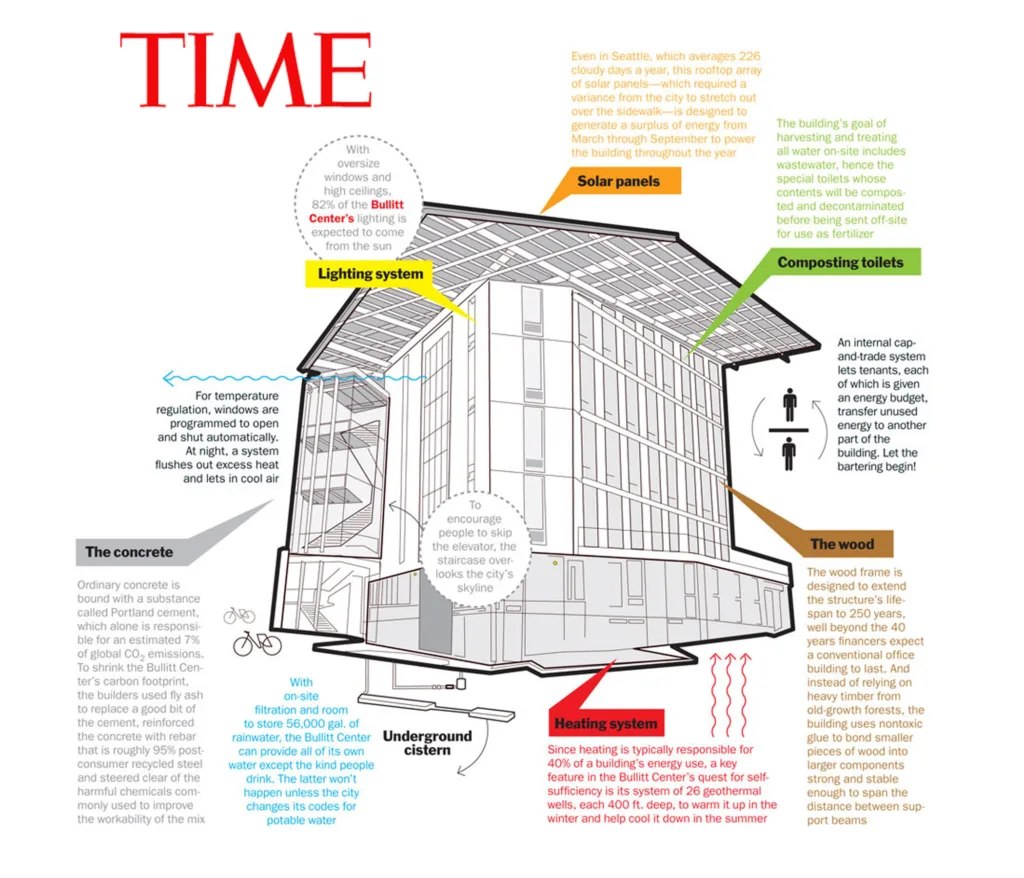

In park design, the High Line in New York City is a great example of how public spaces can promote sustainability and environmental stewardshi.
The High Line is a 1.45-mile-long elevated park that was built on a former railway line. The park features native plants and green infrastructure such as rain gardens and permeable pavement, as well as providing a safe and accessible pedestrian path through the city.
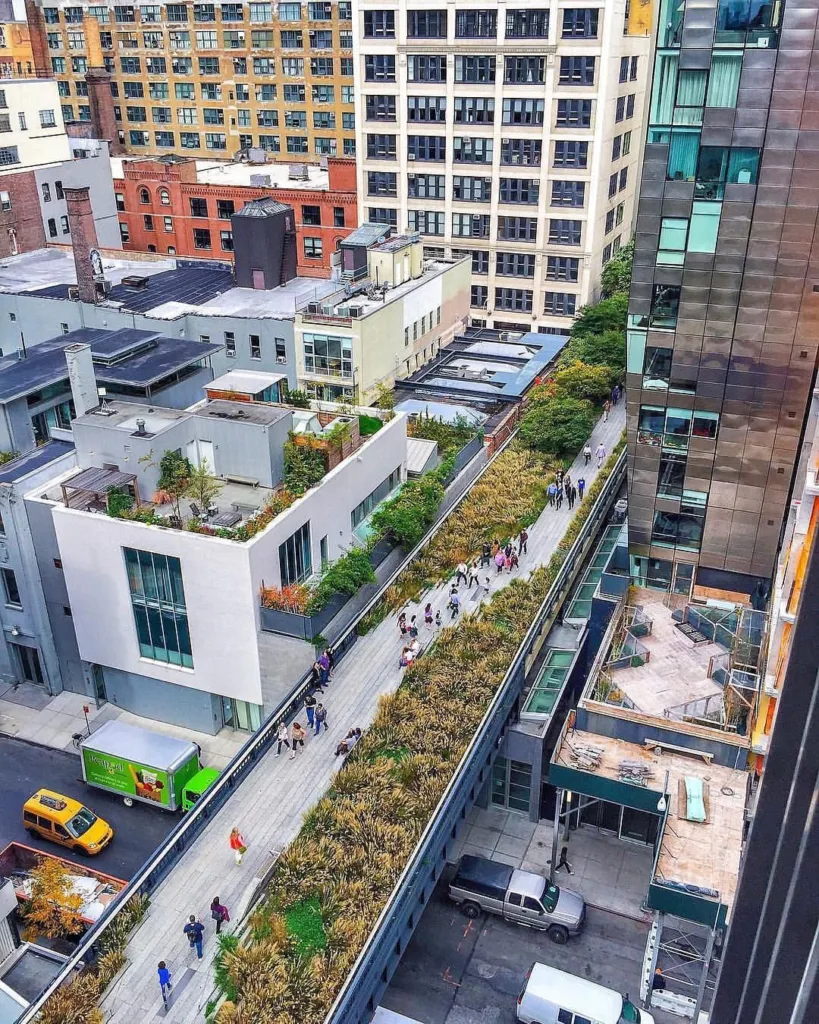
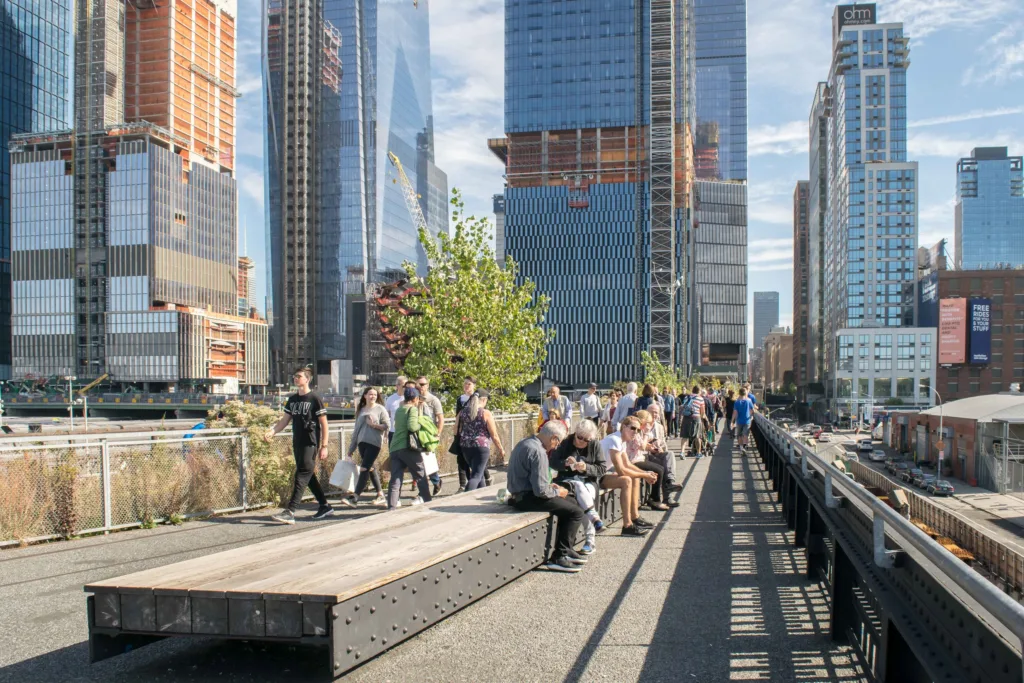
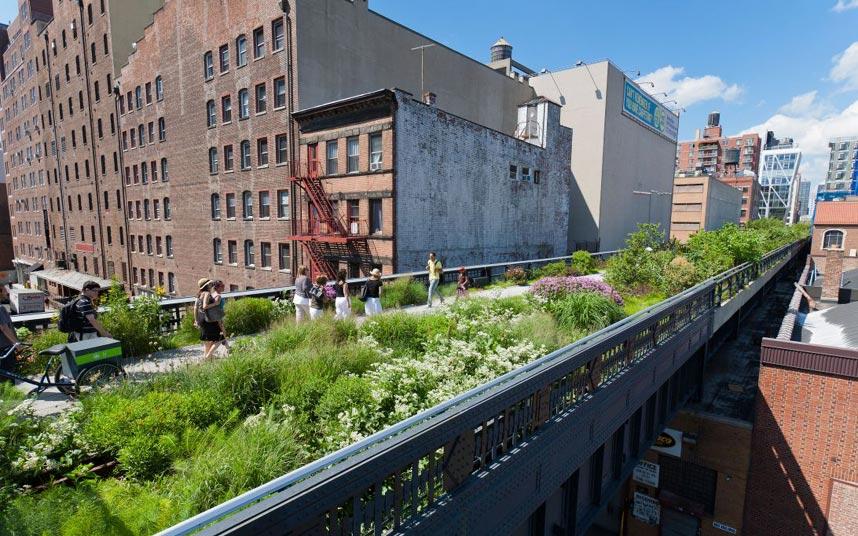

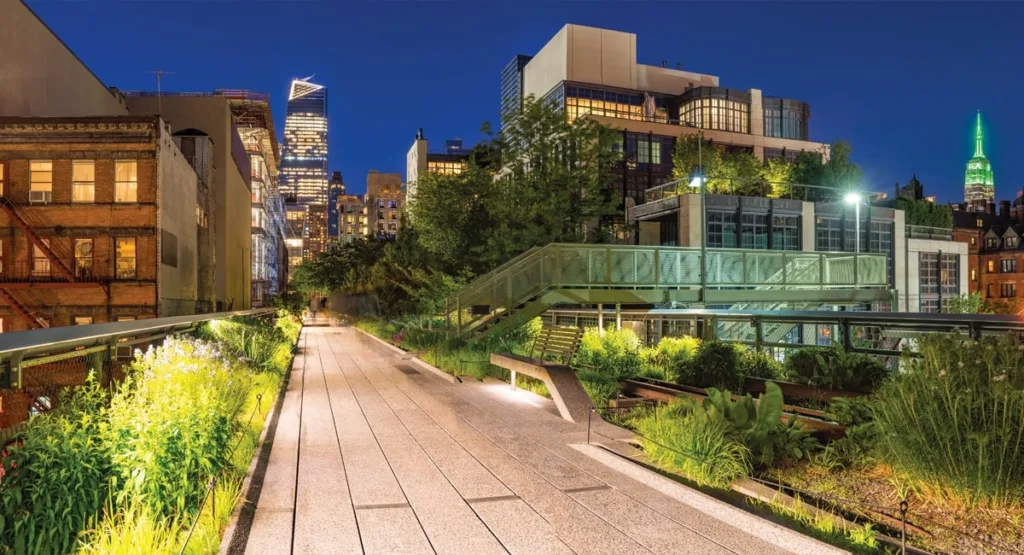

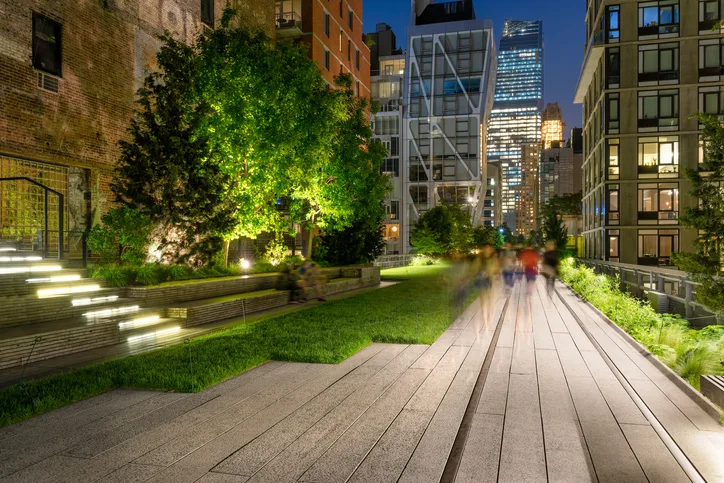
Books On Green Building And Park Design
If you are interested in learning more about green building and park design, there are many great books available. Some recommended titles include:
“The Green Building Revolution” by Jerry Yudelson
“Green Architecture Now! Vol. 2” by Philip Jodidio
“Eco-Architecture: Harmonisation Between Architecture and Nature” by Koen

Conclusion
In conclusion, green building and park design are important approaches to promoting sustainability and environmental stewardship.
By reducing energy and water consumption, promoting ecological health and resilience, and promoting sustainable transportation, these approaches can help to mitigate the impacts of climate change and improve the health and well-being of our communities.
As we continue to face the challenges of climate change, it is essential that we prioritize sustainable design practices in our buildings and public spaces.
By incorporating these principles into our design and construction processes, we can create a more sustainable and resilient future for ourselves and for the planet.
So, let us all work together to create a perfect blend of form and function in our built environment, while prioritizing sustainability and environmental responsibility.
Comment in the comment section bellow your thoughts on this! We would love to know about it.



